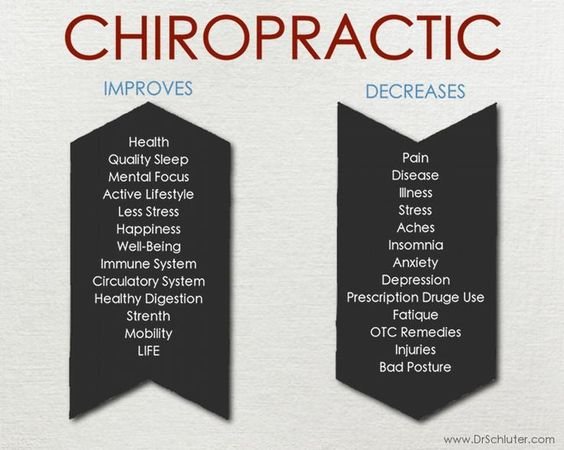A Day In The Life Of A Pain In The Back Victim: Tips For Handling Discomfort At Work
A Day In The Life Of A Pain In The Back Victim: Tips For Handling Discomfort At Work
Blog Article
Short Article Writer-Kofod Jokumsen
Envision navigating through your workday with a consistent tip of discomfort lingering in your back. The battle to find relief while managing jobs can be intimidating. Nonetheless, with the ideal strategies in place, handling your neck and back pain at the office can be less of a worry. By making easy modifications to your workspace and integrating targeted techniques, you can take control of your discomfort and enhance your efficiency. Remain tuned to find Read Homepage that can make a considerable difference in your everyday work regimen.
Usual Triggers of Back Pain
When it concerns handling pain in the back at work, understanding the common triggers is vital. Poor pose rates high among these triggers. Resting hunched over at your workdesk for prolonged durations can strain your back muscles and result in pain.
Raising heavy objects inaccurately is one more offender. Bear in mind to flex your knees and use your legs, not your back, when lifting to stay clear of unnecessary pressure.
Lack of motion throughout the day can also add to neck and back pain. Make a mindful effort to take short breaks to extend and walk around, as prolonged sitting can intensify discomfort.
In addition, stress is a considerable trigger for neck and back pain. High tension levels can create muscular tissue tension, especially in the back area, resulting in discomfort. It's vital to find healthy means to take care of stress and anxiety, such as deep breathing workouts or mindfulness strategies.
Lastly, insufficient ergonomics in your office can also bring about pain in the back. Ensuring your chair, desk, and computer configuration are ergonomically pleasant can make a considerable distinction in lowering pressure on your back.
Ergonomic Workstation Configuration
To develop a workspace that supports your back wellness and lowers the danger of discomfort, focusing on an ergonomic workstation configuration is crucial.
Begin by readjusting your chair so that your feet are level on the flooring, knees go to a 90-degree angle, and your lower back is sustained by the chair's lumbar support.
Ensure your computer system display goes to eye level to avoid stressing your neck and shoulders.
Placement your keyboard and mouse close to you to avoid getting to and stressing your arms.
Take regular breaks to stand up, stretch, and walk around to lower rigidity and promote circulation.
Think about utilizing a standing desk or a desk converter to alternate in between resting and standing throughout the day.
Bear in mind to maintain frequently used products within arm's reach to prevent turning or overreaching.
Active Methods for Discomfort Relief
Seeking methods to proactively alleviate neck and back pain while at the office? Incorporating my lower back hurts when i walk yet reliable approaches can aid ease pain and improve your performance. Begin by taking time-outs throughout the day to stretch and move.
Gentle workouts like shoulder rolls, neck stretches, and standing hamstring stretches can loosen up tight muscle mass and relieve stress. In addition, practicing good posture is essential for minimizing neck and back pain. Sit up directly, readjust functional medicine austin, tx to support your reduced back, and keep your feet flat on the flooring.
Engaging in routine physical activity beyond work can additionally add to pain alleviation. Activities such as strolling, swimming, or yoga exercise can enhance your back muscle mass and boost versatility, leading to much better discomfort management over time. Keep in mind to stay moisturized and preserve a healthy and balanced diet to sustain total spine health and wellness.
Additionally, think about making use of ergonomic devices like back cushions or standing desks to promote proper alignment and lower stress on your back. By proactively integrating these approaches into your everyday regimen, you can proactively manage pain in the back and improve your convenience at work.
Verdict
To conclude, by applying these proactive techniques at work, you can successfully manage your pain in the back and improve your general health. Remember to develop an ergonomic workstation setup, take regular breaks to extend, take part in mild exercises, and preserve great position. With these suggestions, you can mitigate the effect of back pain and make your day much more comfy and efficient. Stay aggressive and deal with your back to feel far better at work.
